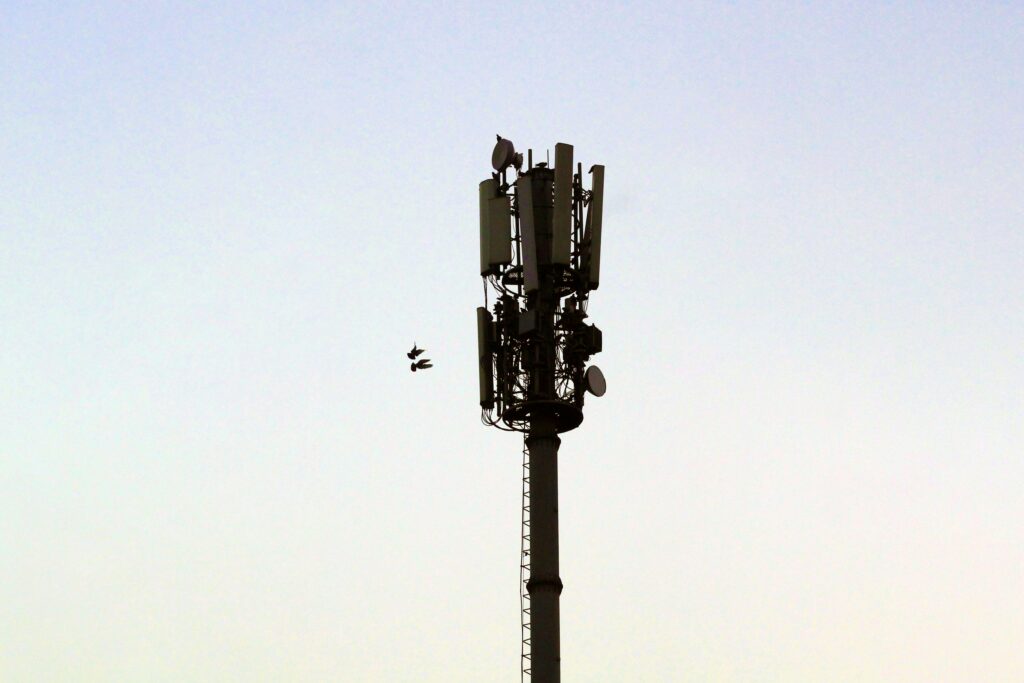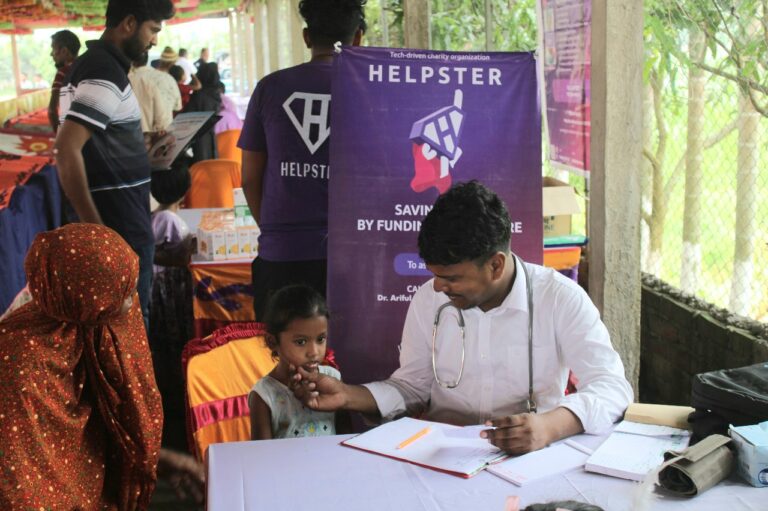
2024 unfolds, the world continues to face a record number of people in need of humanitarian assistance. This includes millions affected by conflict, often forced to flee from their homes, and those impacted by the exponential number of natural hazards such as floods, storms and extreme heat, driven by climate change.
The UN Office for the Coordination of Humanitarian Affairs (OCHA) reports that over 300 million people globally need humanitarian assistance and protection, with a staggering $48.7 billion requested to support the 180 million people targeted for assistance in 2024. For communities affected by or vulnerable to humanitarian emergencies, especially in low- and middle-income countries, access to information can be as crucial as food, water, or shelter. Connectivity and digital technology are lifelines, enabling crisis affected populations to access lifesaving information, connect with loved ones, and receive vital humanitarian assistance.
However, to harness the power of mobile networks and digital solutions in humanitarian settings, significant innovation, partnership, and investment are required to ensure lifesaving information and solutions reach affected and at-risk communities. Recent global initiatives show how public and private sector actors are collaborating to address the growing challenges of humanitarian crises.
The power of connectivity for displaced populations
By mid-2024, the number of forcibly displaced people worldwide reached 122.6 million, the highest on record. In response, global partners have launched an initiative to provide 20 million displaced people and their host communities with connectivity by 2030, aiming to advance digital inclusion. This effort is backed by refugee communities, governments, the UN Refugee Agency, and the mobile industry, all recognising the importance of connecting the unconnected. Digital inclusion can enhance economic, social, and political participation, fostering stronger economies and societies.
Timely information before and after disasters can be a matter of life or death
However, there are significant risks. Vulnerabilities in humanitarian settings are heightened by conflict and displacement, often leading to increased disabilities and limited access to health services. Furthermore, access to mobile technology remains unequal, with gender being a major barrier. Women, especially in rural or marginalised communities, are less likely to own or use mobile phones, exacerbating the digital divide.
To address these challenges, the Connectivity for Refugees initiative focuses on identifying connectivity gaps, advocating for solutions with governments and international agencies, and forging partnerships to extend connectivity to remote refugee areas, such as rural Ethiopia and Chad’s border with Sudan.
Early disaster information saves lives
Timely information before and after disasters can be a matter of life or death. Today, 95% of the global population is covered by mobile networks, with 5.6 billion unique mobile subscribers. Mobile technology plays a critical role in disaster preparedness by delivering early warning messages and supporting evacuation efforts. During disasters, mobile phones provide essential information about safety locations and supplies.
In 2022, the UN Secretary-General launched the Early Warnings for All Initiative, aiming to ensure everyone is protected by an early warning system. This initiative brings together stakeholders to create inclusive and effective systems that save lives. Mobile phones, alongside TV and radio, act as vital channels for these warnings, with technologies like cell broadcast enabling rapid alerts to millions in targeted areas.
To be truly effective, early warning systems must be inclusive, accessible, understandable, and actionable for all. Since communities and countries vary, it’s essential to understand how people access and process information. A recent case study in South Africa used a human-centred design approach to assess mobile risk communication among marginalised groups, offering valuable insights for developing inclusive, multi-channel communication strategies.
Connectivity in crisis
Connectivity has changed the nature of humanitarian crises and humanitarian response. Affected people and humanitarian responders rely on connectivity for information, coordination and services, demonstrating important benefits connectivity brings. However, the presence, lack or loss of connectivity in times of crisis can create risks that need to be understood and mitigated. For example, in areas that lack coverage or have lost connectivity, people may struggle to find lifesaving information or stay in touch with friends and family. It can also create extreme challenges for humanitarian agencies in coordinating and delivering aid. However, connected areas also come with their own risks and challenges, for example, people may be exposed to online harms like misinformation, disinformation and hate speech, which can expose them to new vulnerabilities or even exacerbate existing crises.
In some places around the world, there is no mobile network coverage at all. While data suggests that crisis-affected communities disproportionately live in areas outside mobile network coverage, and some studies have explored this in detail, this type of analysis is not widely available. A pilot study conducted in Burkina Faso, the Democratic Republic of the Congo (DRC), and Nigeria assessed mobile coverage disparities for crisis-affected populations. It also explored the potential for aerial connectivity and partnerships between mobile network operators and humanitarian actors, illustrating how cross-sector collaboration can help bridge connectivity gaps in crisis zones.
The power of technology into the future
The Humanitarian Connectivity Charter has mobilised mobile operators worldwide to coordinate crisis response efforts, emphasising preparedness and collaboration across borders. More than 150 MNOs across 100+ countries have adopted the Charter’s principles, strengthening partnerships between mobile operators, governments, and humanitarian organisations to reduce loss of life.
While the importance of connectivity and digital solutions are increasingly recognised as key to modern day humanitarian response, their potential are not yet fully realised. The important aims of global partnerships such as Connectivity for Refugees and Early Warnings for All demonstrate how global players across the public and private sectors are coming together to build solutions for these global challenges. The risks that come with connectivity, as well as the loss and lack of it, are also important considerations for all those who are seeking to leverage connectivity in crisis situations.
While humanitarian needs continue to rise, there is a critical opportunity to harness the power of connectivity through innovative partnerships to address these needs in a way that responds to community priorities and helps to better prepare and respond to crisis.

Kimberly Brown
Kimberly Brown is the Head of Mobile for Humanitarian Innovation at GSMA. Prior to joining GSMA. Kimberly was the Head of Humanitarian Policy at the British Red Cross, where she led the department responsible for policy, advocacy, and research on international humanitarian issues.



